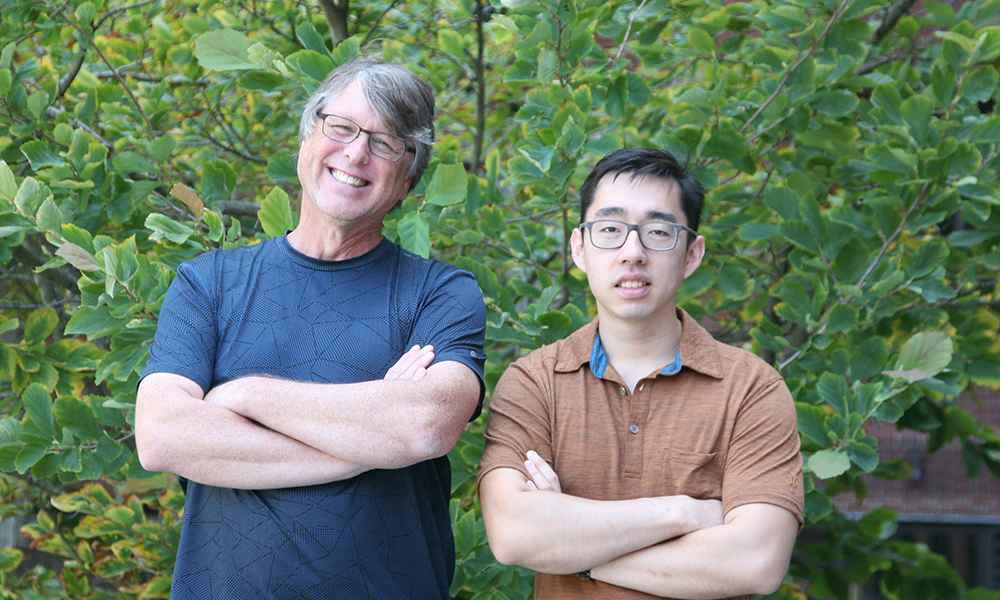RNA interference (RNAi) is a nearly ubiquitous gene silencing phenomenon triggered by introduced double-stranded RNA (dsRNA). In some animals, including the nematode Caenorhabditis elegans, RNAi is systemic, which means that introduced dsRNA is mobile and can silence target genes throughout the animal, including the progeny. This feature makes RNAi very potent in C. elegans, but it also has important implications in other animals, including insects and mammals, that share components of the systemic RNAi machinery, including the dsRNA channel SID-1.
In our recent paper published in Genetics (PDF),we investigated the transmission of dsRNA from mother to progeny that results in inherited RNAi. It has been assumed that inheritance of parental silencing signals occurs through SID-1, but the mechanistic details have never been clear, and puzzling previous results have hinted that the situation is complicated.
In this study, we thoroughly investigated inherited RNAi and discovered that there are multiple pathways by which dsRNA can reach the next generation. First, dsRNA injected directly into the maternal germline can simply be packaged into the cells of the offspring without any need for SID-1-dependent transport. Although expected, this mechanism had not been previously observed because, as we discovered, the silencing resulting from direct inheritance of injected dsRNA is finite and depleted by 18 hours after injection. Thus, it ends before previous experiments had begun. This very short duration of silencing contrasts sharply with observations in wild-type animals, where inherited silencing is observed indefinitely following a similar dsRNA injection. These results indicate that SID-1 is important for persistent inherited RNAi. To investigate this, we asked whether SID-1 is required in the mother or the progeny for inherited RNAi. Quite unexpectedly we found that SID-1 was not required in the mother to transport extracellular dsRNA to the progeny, but was required in the progeny for silencing. We subsequently determined that an endocytosis receptor for yolk proteins was required for this SID-1-independent transport of maternal RNA into oocytes and that SID-1 likely acts subsequently to release this dsRNA so that it may interact with the RNAi machinery. Finally, we showed that double mutants between sid-1 and the yolk receptor were completely defective for inherited RNAi, even when SID-1 was expressed in the embryo. This result shows that maternal SID-1 and the yolk receptor act in parallel to transport dsRNA into the germline.
These findings indicate that extracellular dsRNA is remarkably mobile and can reach the germline with relative ease. Although this study used experimentally introduced RNA, it is very likely that this RNA-transport pathway mobilizes endogenously expressed dsRNA. Transport of these RNAs directly to the next generation may potentiate transgenerational epigenetic inheritance, which may be a mechanism for populations to rapidly adapt to changing environmental conditions.
 (PDF)
(PDF)
Craig Hunter’s faculty profile
by Eddie Wang and Craig Hunter


